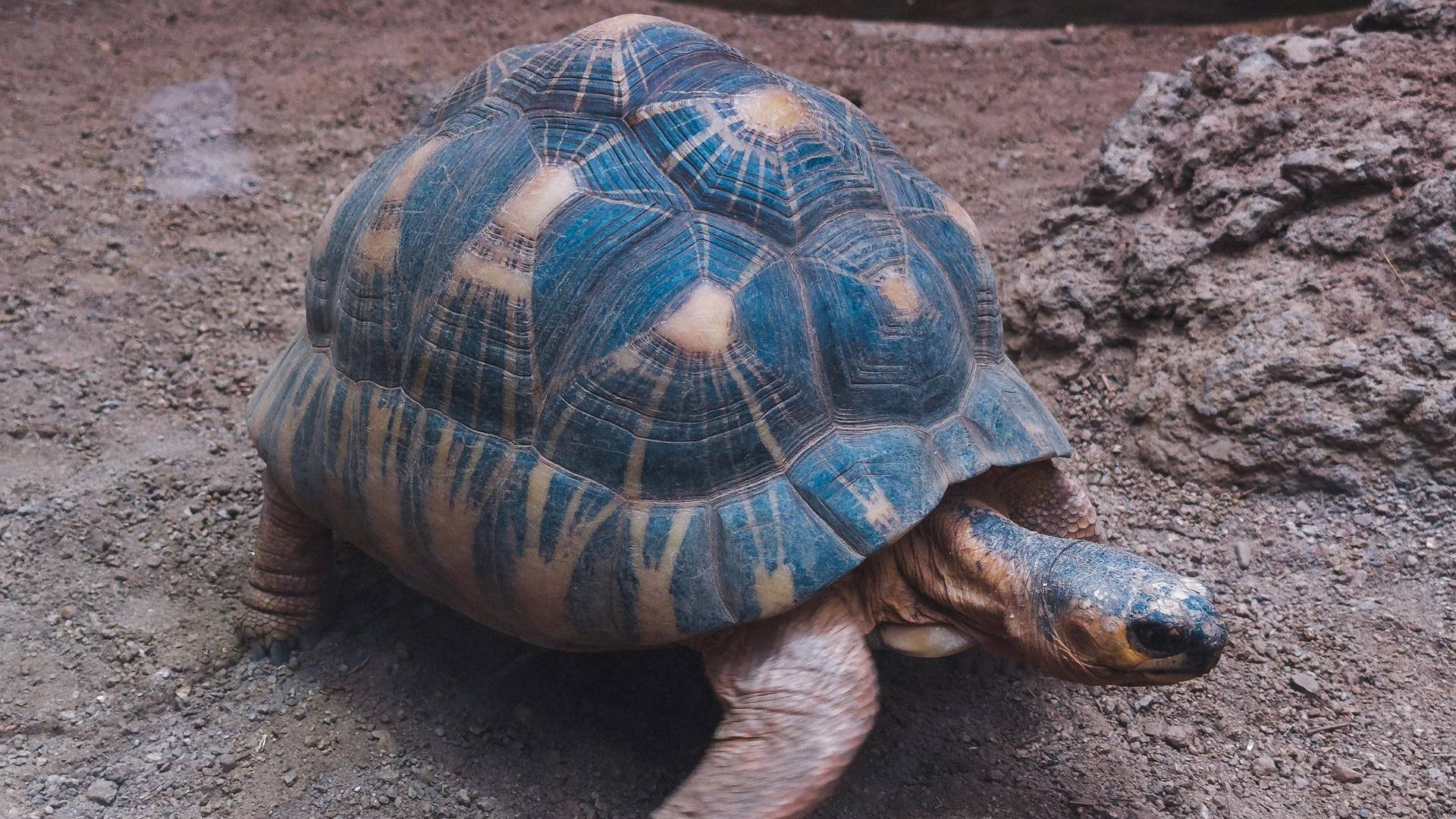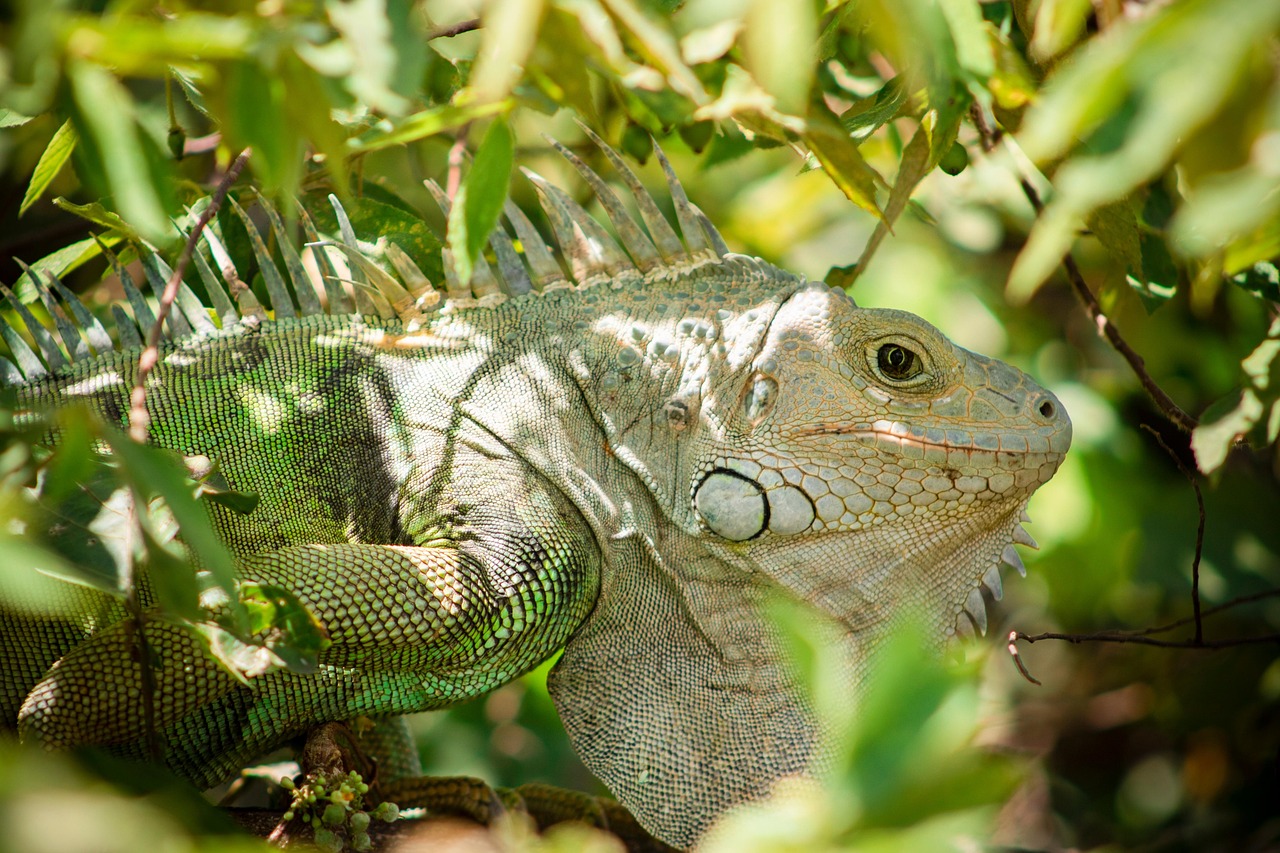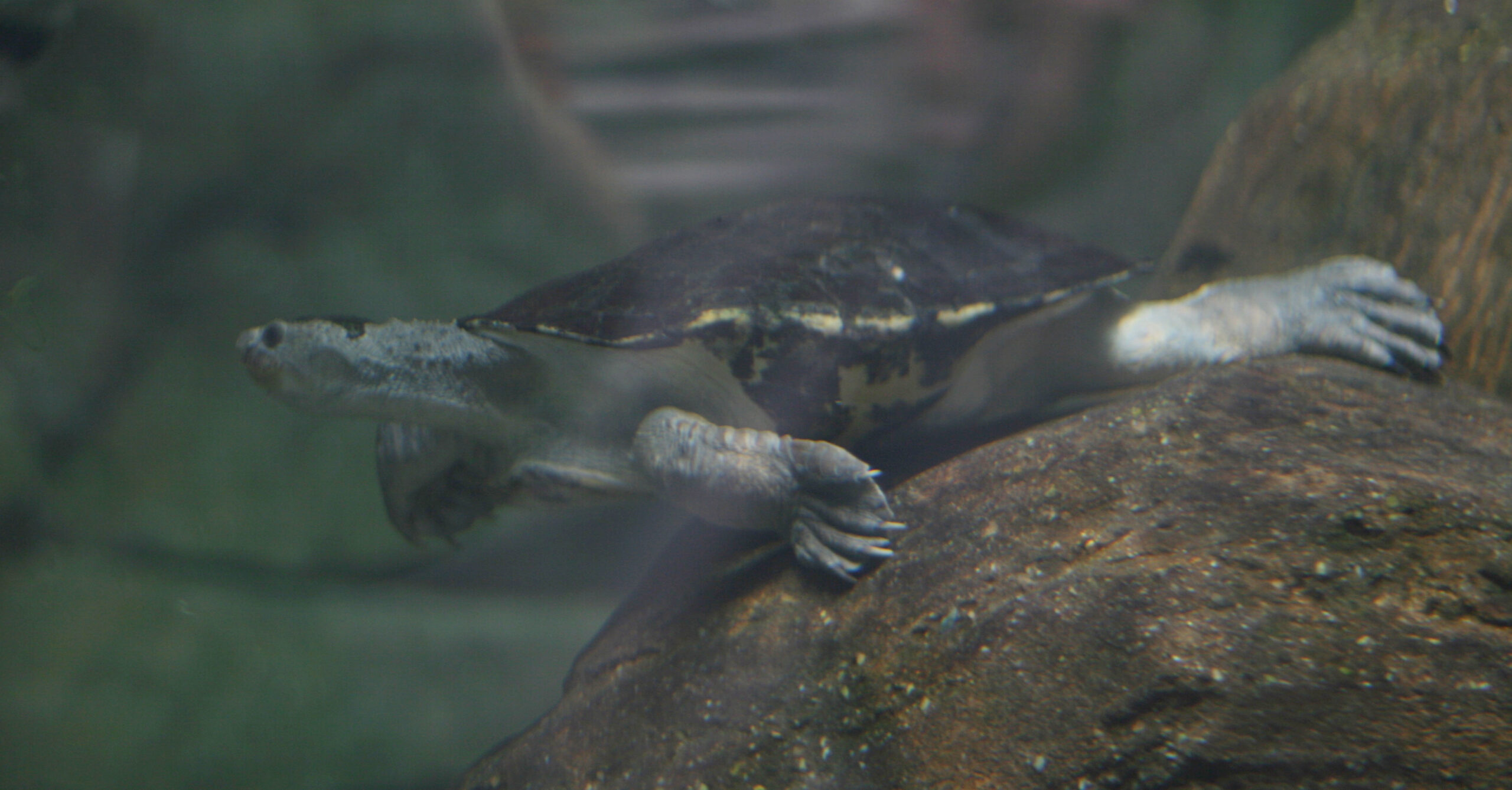In the shadowy recesses of rainforests and the hidden corners of deserts, a silent crisis is unfolding. Reptiles – those remarkable survivors of evolution that have withstood the test of time for over 300 million years – are vanishing at alarming rates, often before scientists even have the chance to document their existence. This rapid disappearance represents not just a loss of biodiversity but also a race against time for researchers attempting to understand these ancient creatures before they’re gone forever. From habitat destruction to climate change, the threats facing reptiles are numerous and complex. Yet despite representing nearly a third of all terrestrial vertebrates, reptiles have historically received less conservation attention than mammals, birds, or amphibians. This oversight is proving costly as we now recognize that many species may be disappearing before we’ve had the opportunity to learn their ecological roles, evolutionary significance, or potential benefits to humanity.
The Hidden Extinction Crisis

While headline-grabbing mammal extinctions often capture public attention, reptiles are experiencing a quieter but equally devastating decline. Recent global assessments suggest that about 21% of reptile species are threatened with extinction, yet this figure likely underestimates the true crisis. Many reptile species remain undescribed by science, particularly in biodiversity hotspots like tropical rainforests and remote island ecosystems. The secretive nature of many reptiles – their nocturnal habits, cryptic coloration, and often inaccessible habitats – makes population monitoring exceptionally challenging. This detection difficulty creates a concerning scenario where species can decline precipitously or even disappear entirely without triggering conservation alarms until it’s too late.
The Race Against Taxonomic Extinction
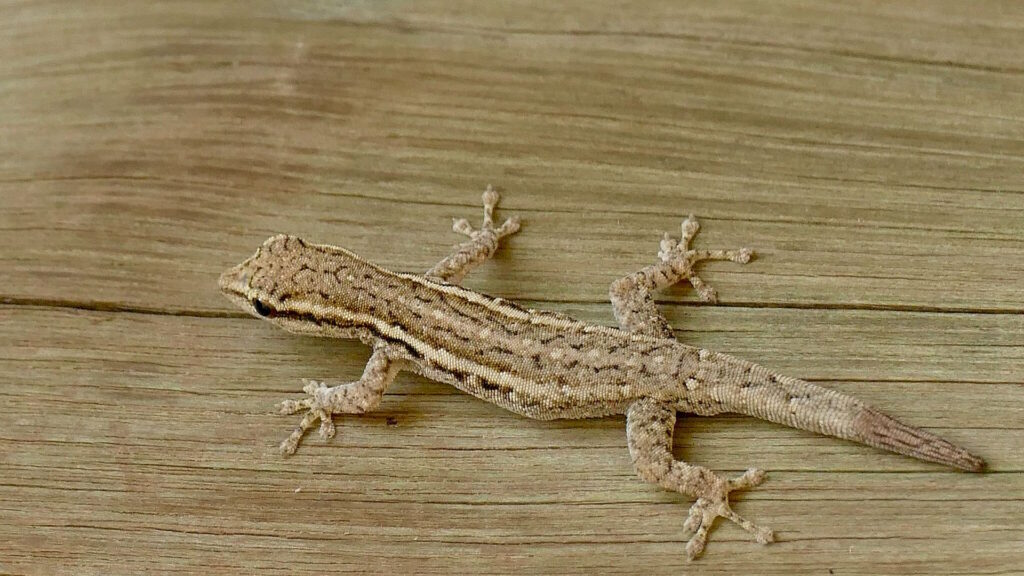
Perhaps the most tragic aspect of reptile loss is what scientists call “taxonomic extinction” – the disappearance of species before they can be formally documented by science. In biodiversity-rich regions like Madagascar, Southeast Asia, and the Amazon, herpetologists frequently discover species that are simultaneously new to science and immediately endangered. This phenomenon creates a devastating paradox: the areas richest in undiscovered reptile diversity are also experiencing the most rapid habitat destruction. A stark example comes from the Philippines, where researchers recently described several new species of forest-dwelling skinks that were discovered in the last remaining forest fragments, with their original habitat already largely destroyed. These species went from unknown to critically endangered in a single scientific publication.
Habitat Destruction: The Primary Culprit

Habitat loss stands as the most significant threat to reptile biodiversity worldwide, affecting approximately 85% of threatened reptile species. The conversion of natural landscapes to agriculture, urban development, and industrial use destroys critical reptile habitats with devastating efficiency. Unlike some more mobile animals, many reptiles have highly specialized habitat requirements and limited dispersal abilities, making them particularly vulnerable to landscape changes. Forests cleared for palm oil in Southeast Asia, grasslands converted to cattle ranching in South America, and desert ecosystems fragmented by development all represent critical losses for unique reptile communities. The decimation of habitat creates a cascade of challenges for remaining populations, including genetic isolation, increased predation risk, and loss of thermoregulation opportunities that reptiles require for survival.
Climate Change: A Threat to Cold-Blooded Survival
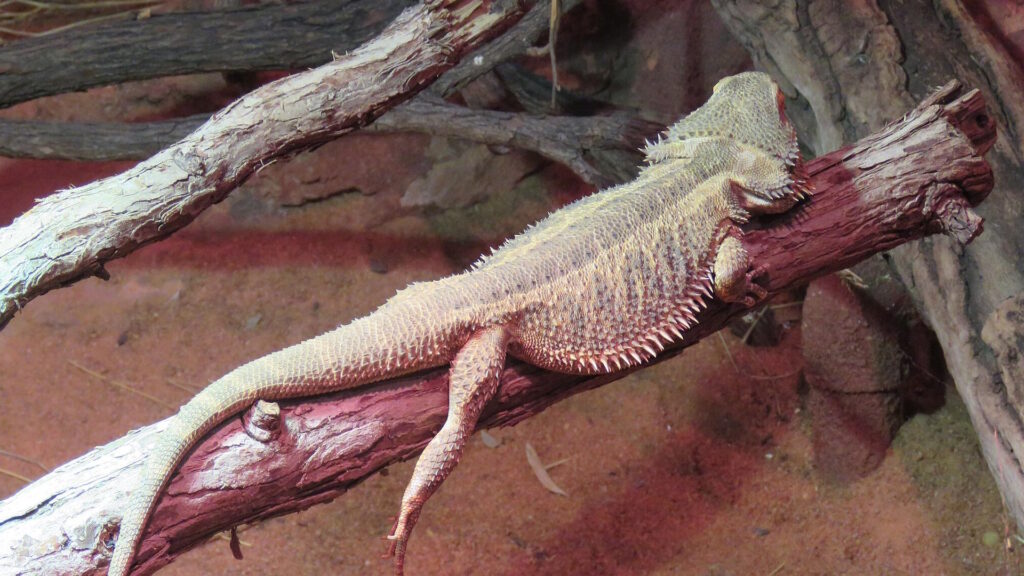
As ectothermic creatures dependent on external temperatures to regulate their bodily functions, reptiles face unique vulnerabilities to climate change. Rising global temperatures are already disrupting reptile life cycles, altering hatching success, and shifting population sex ratios in species with temperature-dependent sex determination. For example, studies on sea turtles show alarming feminization of populations as warming beaches produce predominantly female hatchlings. Climate change also intensifies seasonal extremes, leading to longer, more severe droughts in many reptile-rich regions and creating thermal conditions that exceed physiological tolerances. For species already confined to mountaintops or isolated habitat fragments, there simply isn’t anywhere to move as climatic conditions shift beyond their evolutionary adaptations.
The Island Predicament
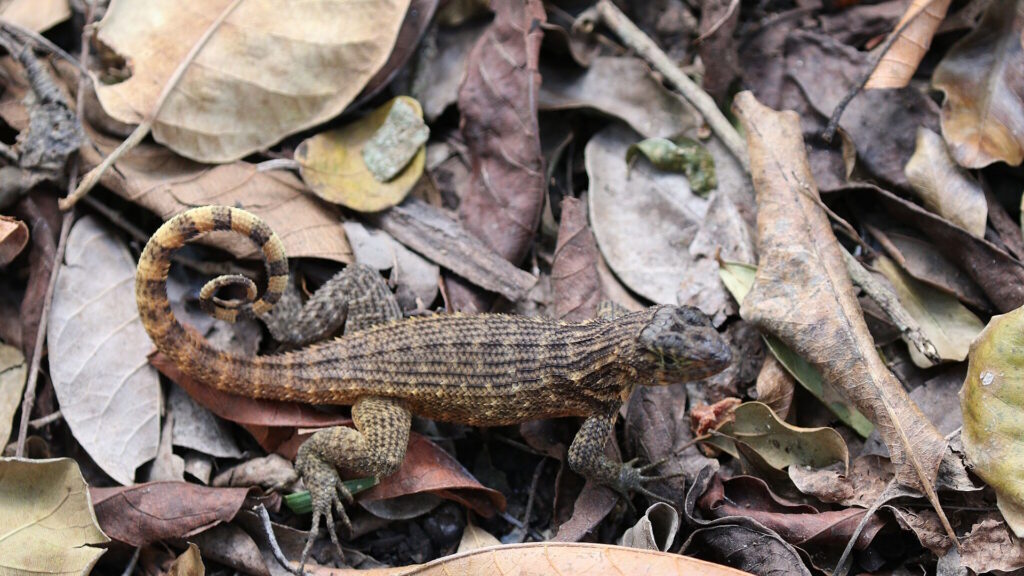
Island-dwelling reptiles face particularly dire extinction threats, with some of the most dramatic losses occurring in these isolated ecosystems. Islands have historically been evolutionary laboratories, producing remarkable reptile adaptations and specializations found nowhere else on earth. However, this specialization comes at a cost – island reptiles typically evolve with few natural predators and limited competitive pressures, making them exceptionally vulnerable when new threats are introduced. The arrival of invasive predators like rats, cats, and mongoose has devastated island reptile populations from the Caribbean to the Pacific. On Christmas Island, the introduction of yellow crazy ants has contributed to the extinction of several endemic reptile species, while in Guam, the brown tree snake has virtually eliminated the island’s native lizard populations.
The Illegal Wildlife Trade Threat

The global demand for exotic pets and traditional medicines has created a thriving black market that threatens reptile species worldwide with collection rates that far exceed sustainable levels. Newly described species are particularly vulnerable, as scientific descriptions can inadvertently serve as “shopping catalogs” for collectors seeking rare specimens. This phenomenon creates a troubling dilemma for researchers, who must balance the scientific importance of documenting biodiversity against the increased collection pressure that may follow publication. The reptile black market operates with ruthless efficiency – in some cases, new species have appeared in European or Japanese pet markets before their scientific descriptions were even published. Once exploitation begins, population declines can be rapid and catastrophic, especially for species with naturally limited ranges or slow reproductive rates.
The Research Funding Gap
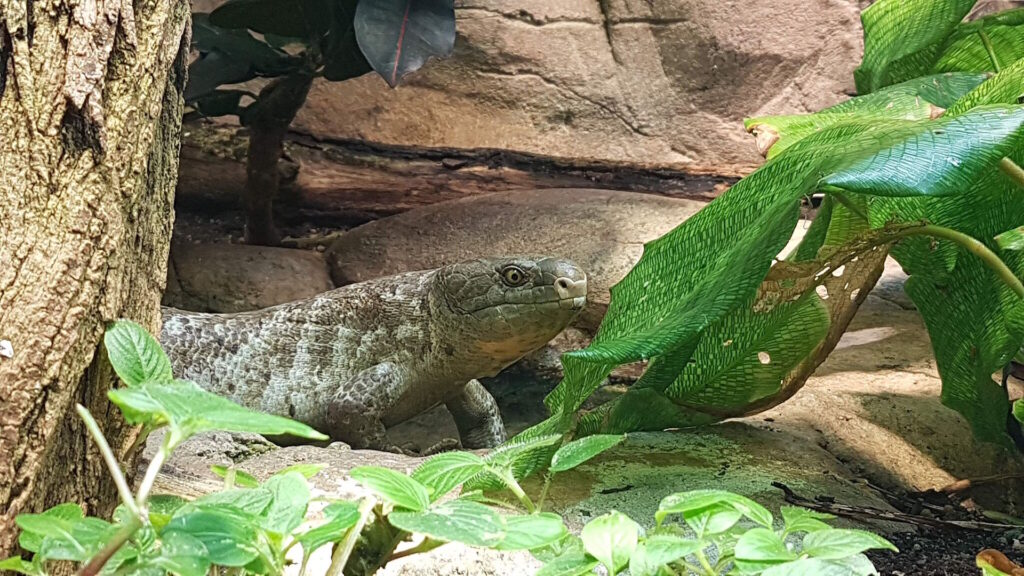
Conservation research on reptiles has historically received disproportionately less funding compared to more charismatic vertebrate groups, creating knowledge gaps that hinder effective protection. An analysis of conservation research expenditures reveals that reptiles receive less than one-fifth the funding devoted to mammal research, despite representing greater species diversity and facing comparable threat levels. This funding disparity directly impacts our ability to monitor populations, understand basic ecological requirements, and develop effective conservation strategies. For many threatened reptile species, even fundamental information like population size, habitat requirements, and reproductive biology remains unknown. The result is a scientific blind spot where declines may go undetected until they’ve reached critical levels, making recovery efforts more difficult and expensive.
Missing Ecological Functions
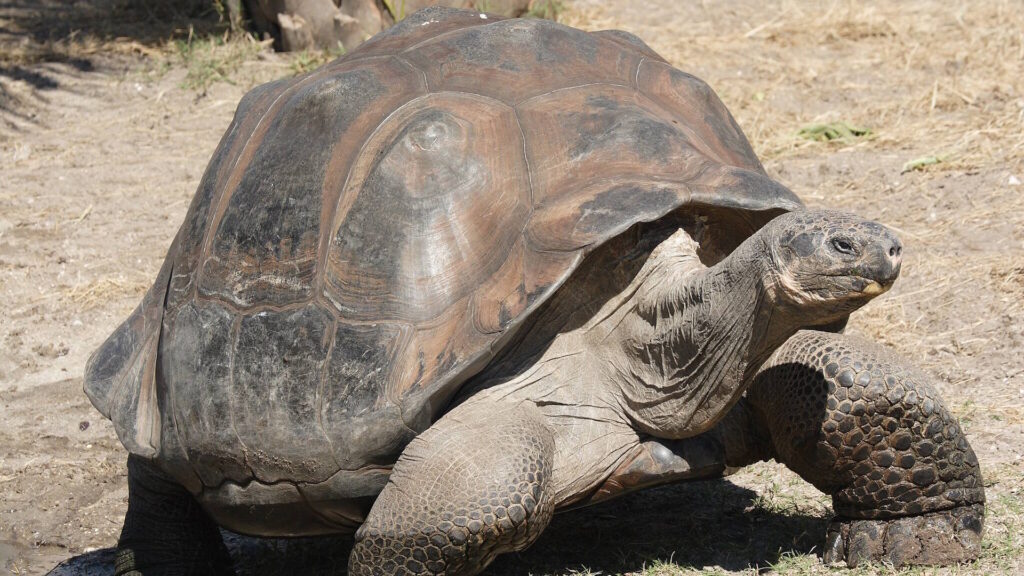
When reptiles disappear before thorough scientific study, we lose not just the species themselves but also understanding of their ecological roles and functions. Reptiles serve as crucial components in many ecosystems – from large predatory lizards controlling pest populations to tortoises that disperse seeds and modify vegetation through grazing patterns. In some ecosystems, reptiles represent important prey bases for numerous predators or serve as ecological engineers that create habitat for other species. The Galápagos tortoise exemplifies this concept, functioning as a keystone species by maintaining open habitat through grazing and dispersing plant seeds throughout the islands. When reptiles vanish without study, we lose the opportunity to understand these complex ecological relationships and the cascading effects their absence may trigger throughout ecosystems.
The Pharmaceutical Potential Lost

Beyond their ecological importance, many unstudied reptiles may harbor biochemical compounds with potential medical applications that disappear along with the species. Reptile venoms and biological compounds have proven valuable in pharmaceutical research, leading to treatments for conditions ranging from hypertension to pain management. The venom of the Gila monster, for instance, led to the development of a medication for type 2 diabetes, while compounds from snake venoms have contributed to several cardiovascular medications. Each extinct reptile species potentially represents lost pharmaceutical possibilities – novel compounds that might have addressed human medical needs. This aspect of reptile conservation highlights how biodiversity loss impacts not just ecological systems but also potential human benefits and underscores the pragmatic as well as ethical arguments for protection.
Conservation Success Stories
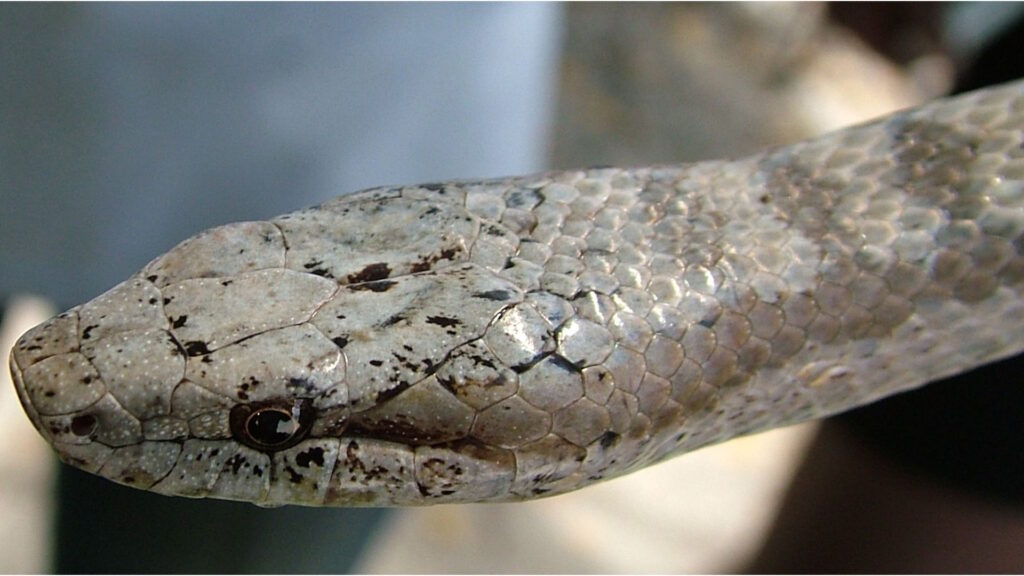
Despite the grim outlook for many reptile species, targeted conservation efforts have achieved remarkable successes that demonstrate recovery is possible with appropriate intervention. The Antiguan racer, once the world’s rarest snake with just 50 individuals remaining, has rebounded to over 1,000 following invasive predator removal from its island habitat. Similarly, several turtle species including the Kemp’s ridley sea turtle have shown population increases after intensive protection of nesting beaches and the implementation of fishing gear modifications. The tuatara, a living fossil from New Zealand found nowhere else on Earth, has benefited from dedicated island restoration and predator eradication programs. These success stories share common elements: they combine robust scientific research, habitat protection, threat mitigation, and often local community engagement to create comprehensive conservation approaches.
Technology and Innovation in Reptile Research
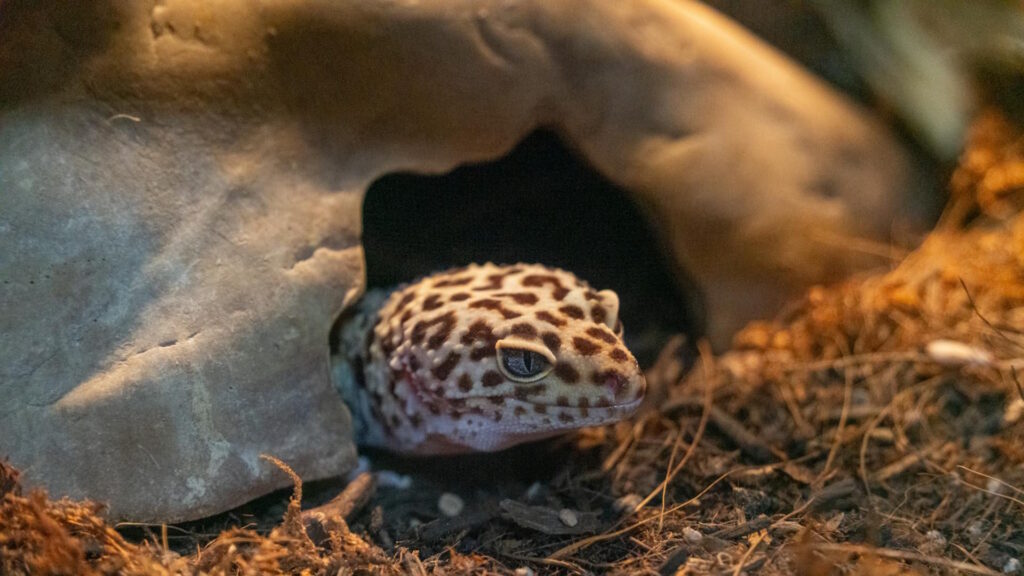
Emerging technologies are revolutionizing reptile research, potentially accelerating discovery and conservation efforts for vanishing species. Environmental DNA (eDNA) techniques now allow researchers to detect reptile presence from water or soil samples, enabling surveys of elusive species without direct observation. Miniaturized tracking devices and improved battery technology have made it possible to monitor movements of even small reptiles, providing unprecedented insights into habitat use and behavior patterns. Sophisticated modeling approaches using climatic and habitat data can help predict where undiscovered species might exist, allowing researchers to target their limited resources more effectively. Perhaps most promising, advances in genomic techniques enable scientists to extract valuable information from minimal tissue samples, reducing impacts on fragile populations while still gathering crucial data on genetic diversity, population structure, and evolutionary history.
The Role of Citizen Science
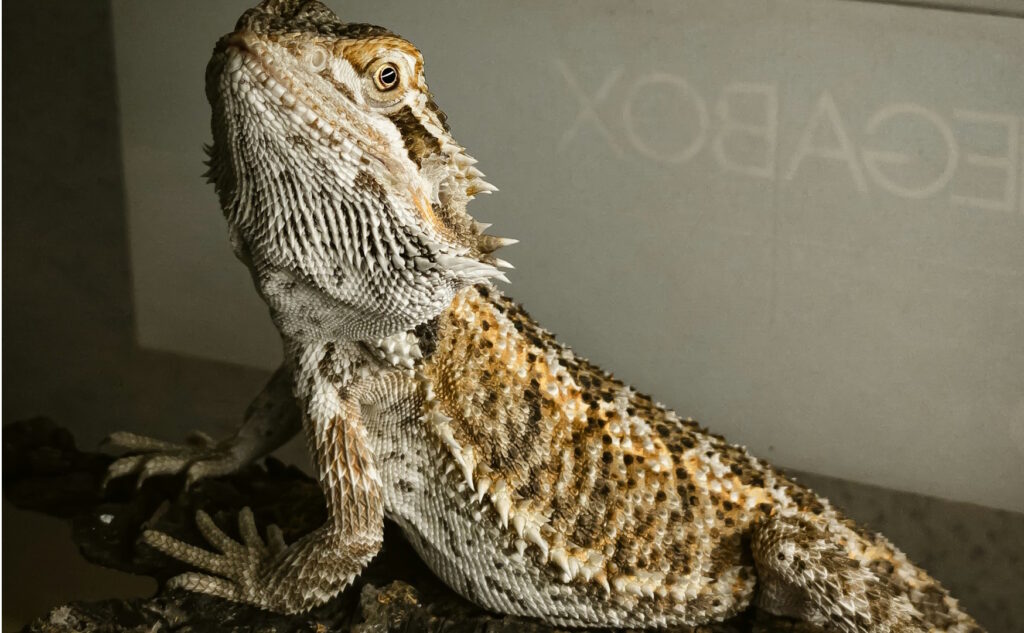
With professional herpetologists unable to cover all potential habitats, citizen science has emerged as a powerful tool to extend the reach of reptile monitoring and discovery. Digital platforms like iNaturalist have democratized wildlife observation, allowing anyone with a smartphone to document reptile sightings that contribute to scientific understanding of distributions and population trends. These community-generated observations have led to several remarkable discoveries, including range extensions for known species and occasionally the detection of species new to science. Beyond data collection, citizen science initiatives foster public appreciation for reptiles, helping to replace fear and misconception with understanding and advocacy. In Australia, the FrogID project has successfully engaged thousands of citizens in amphibian monitoring, providing a model that could be expanded to include reptile conservation efforts worldwide.
A Path Forward: Integrated Conservation Approaches

Addressing the rapid disappearance of reptile species requires coordinated approaches that combine accelerated research with immediate conservation action. Strategic protection of biodiversity hotspots with high reptile endemism must become a global priority, particularly in tropical regions experiencing rapid habitat conversion. Conservation policies need to adopt precautionary approaches that protect habitats even when complete biological inventories are unavailable, acknowledging that many species remain undiscovered. Stronger international regulations around wildlife trade, particularly for newly described species, can help prevent exploitation before populations become endangered. Perhaps most importantly, conservation funding models need restructuring to address the historical inequities that have left reptile research chronically underfunded compared to other vertebrate groups. By implementing these measures, we may yet preserve both known reptile diversity and the undiscovered species that still await scientific description.
Conclusion
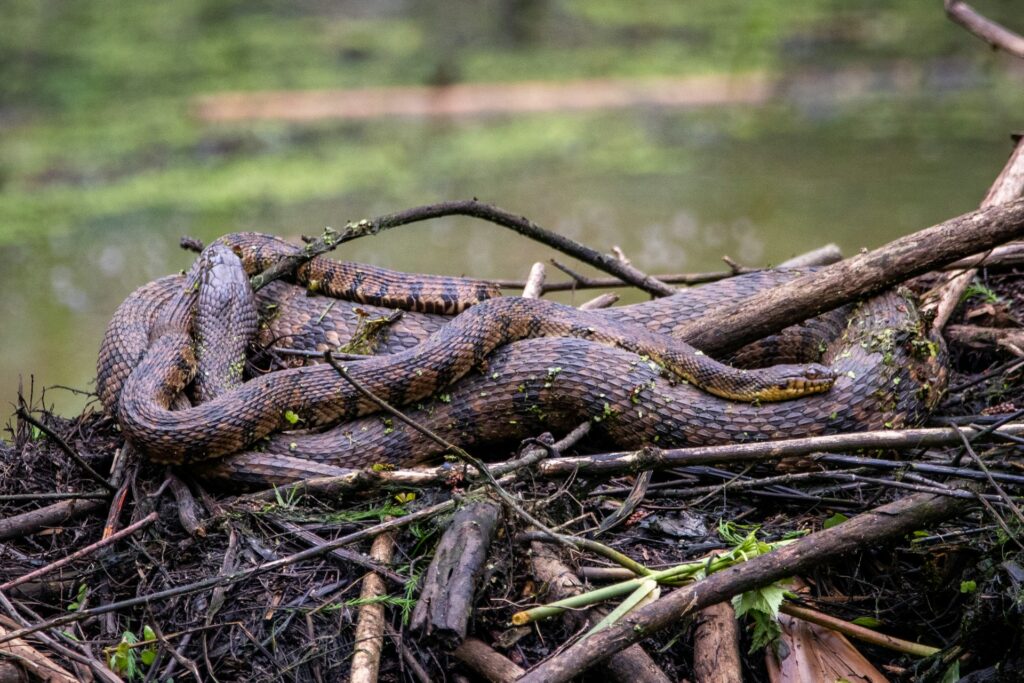
The disappearance of reptile species before scientific study represents not just a loss of biodiversity but also a loss of knowledge – evolutionary innovations, ecological relationships, and potential benefits to humanity that vanish without documentation. Despite the accelerating crisis, there remains hope. Technological advances are expanding research capabilities, conservation successes demonstrate recovery is possible, and growing public interest in reptiles helps drive protection efforts. The challenge before us is to recognize the unique value of reptiles within our global biodiversity and commit to preserving them through both intensified research and immediate conservation action. The alternative – continuing to lose species before we’ve had the chance to know them – is a scientific tragedy and an ecological loss we cannot afford.

